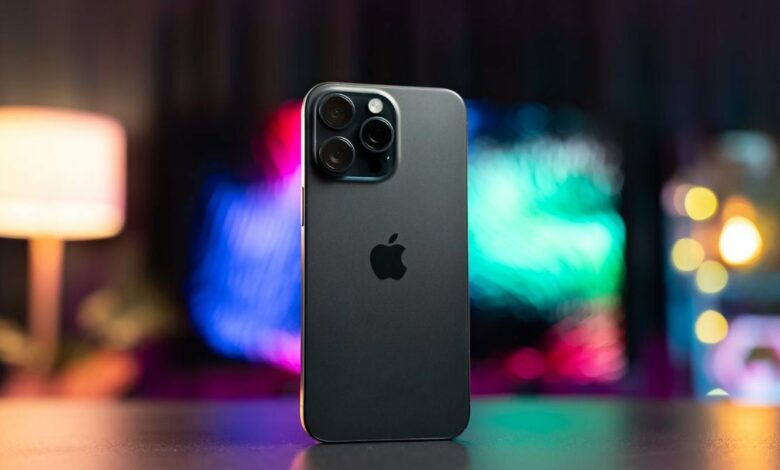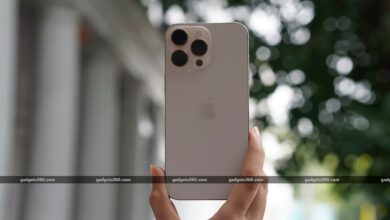Apple’s iPhone 16 camera could feature the company’s new CMOS sensor

The iPhone 16 is expected to launch within the next few months and details about its various components have recently surfaced online. According to a recent report, the Cupertino-based tech company could be using a new CMOS image sensor from Samsung for its upcoming smartphone models. This sensor is said to feature a triple-wafer design which has advantages over the existing sensor in the iPhone 15 series. If the claims are true, Samsung could become Apple’s second-largest camera sensor supplier, alongside Sony.
iPhone 16 could feature Samsung’s CMOS image sensor
The Elec reports that Apple is conducting final quality assessments of a new CMOS image sensor (CIS) supplied by Samsung. This possible shift from Sony to Samsung is said to be due to delays the Cupertino-based tech giant faced last year in receiving the image sensors, which resulted in issues in setting the iPhone 15’s launch date.
According to the report, Apple is looking to integrate new technologies into its camera system, following the advances made by its competitors. Also, separating the internal components of the sensor could result in higher pixel density, smaller pixel sizes and lower noise.
Samsung has reportedly been approached by Apple to develop the CMOS sensor for the iPhone, which is now undergoing quality testing. This sensor is said to have a three-wafer design, with each wafer containing individual elements.
On the other hand, previous iPhone models have had sensors with a two-wafer stack design, with transistors and photodiodes on the same wafer. Samsung’s sensor may feature wafers attached using a process known as wafer-to-wafer hybrid bonding over a copper pad, the publication said.
iPhone 16 Pro gets improved ultra-wide-angle lens
iPhone 16 Pro models are also said to sport 48-megapixel ultra-wide cameras, a significant upgrade over the existing 12-megapixel sensors. Additionally, the iPhone 16 Pro is said to use the tetraprism lens that debuted on the iPhone 15 Pro Max, enabling support for 5x optical zoom with the telephoto lens.
There’s also speculation that Apple will introduce a new anti-reflective optical coating technology known as atomic layer deposition (ALD) for its cameras, though it’s unclear whether this would be coming to the iPhone 16 Pro, iPhone 16 Pro Max, or both.




